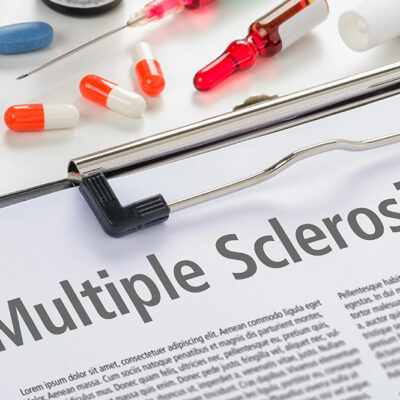
Health
MS – Types and Risk Factors
Multiple sclerosis is an autoimmune disease that affects the central nervous system. This disorder occurs when the immune system begins to attack the healthy cells present in the body. MS adversely affects the brain, spinal cord, and eyes. According to a National Institute of Neurological Disorders and Stroke (NINDS) report, around 250,000-350,000 people have multiple sclerosis in the country. Women are more prone to the disease than men. Types of MS 1. Clinically Isolated Syndrome (CIS) When one experiences the first symptom of MS, it is known as a clinically isolated syndrome. Anyone with this symptom may or mayy not go on to developing MS. 2. Relapsing-remitting MS (RRMS) In this type of MS, the old symptoms begin worsening or new ones are diagnosed. RRMS is the one of the common form of MS. Patients may experience remission after a relapse or exacerbation of symptoms. 3. Primary progressive MS (PPMS) When a patient’s symptoms worsen, they are known to have PPMS. There is no relapse or remission between the worsening of the symptoms. 4. Secondary progressive MS (SPMS) Patients diagnosed with RRMS often advance to SPMS but not always. Nerve damage continues to occur in SPMS. In this type of MS, the symptoms rapidly worsen.
Read More 















